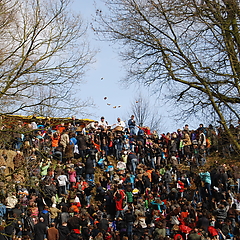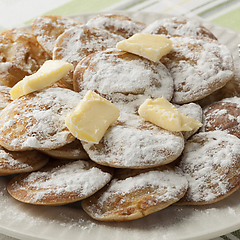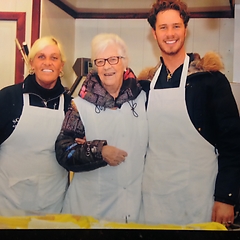Maroons are descendants of escaped slaves, who initially started to live in tribal communities in the interior of Suriname. Maroons from the six tribal communities in Suriname are living in the Netherlands as well. A characteristic of their culture is the authority structure. Every Maroon tribe has a chief (granman) who is assisted by captains (kabiten), who are in turn assisted by basiyas (supervisors). Every Maroon tribe has its own language. Every tribe further consists of family groups (los) in which the kinship is passed on from mother to daughter. Other important elements of the culture are the life cycle rituals, for instance after a birth, and the different rituals when a child reaches adulthood – gi pangi for a girl (offering the girl a piece of fabric) and gi kamisa for a boy, who receives adult clothes. Other elements in the culture that the Maroons want to safeguard are music and dance, the cuisine, the knowledge of medicinal herbs and plants. It is an oral culture; little has been documented, although the Maroons do make use of social media nowadays. The core values of the Maroon culture are: encounters, confidence, individuality, spirituality, tradition and amazement.



